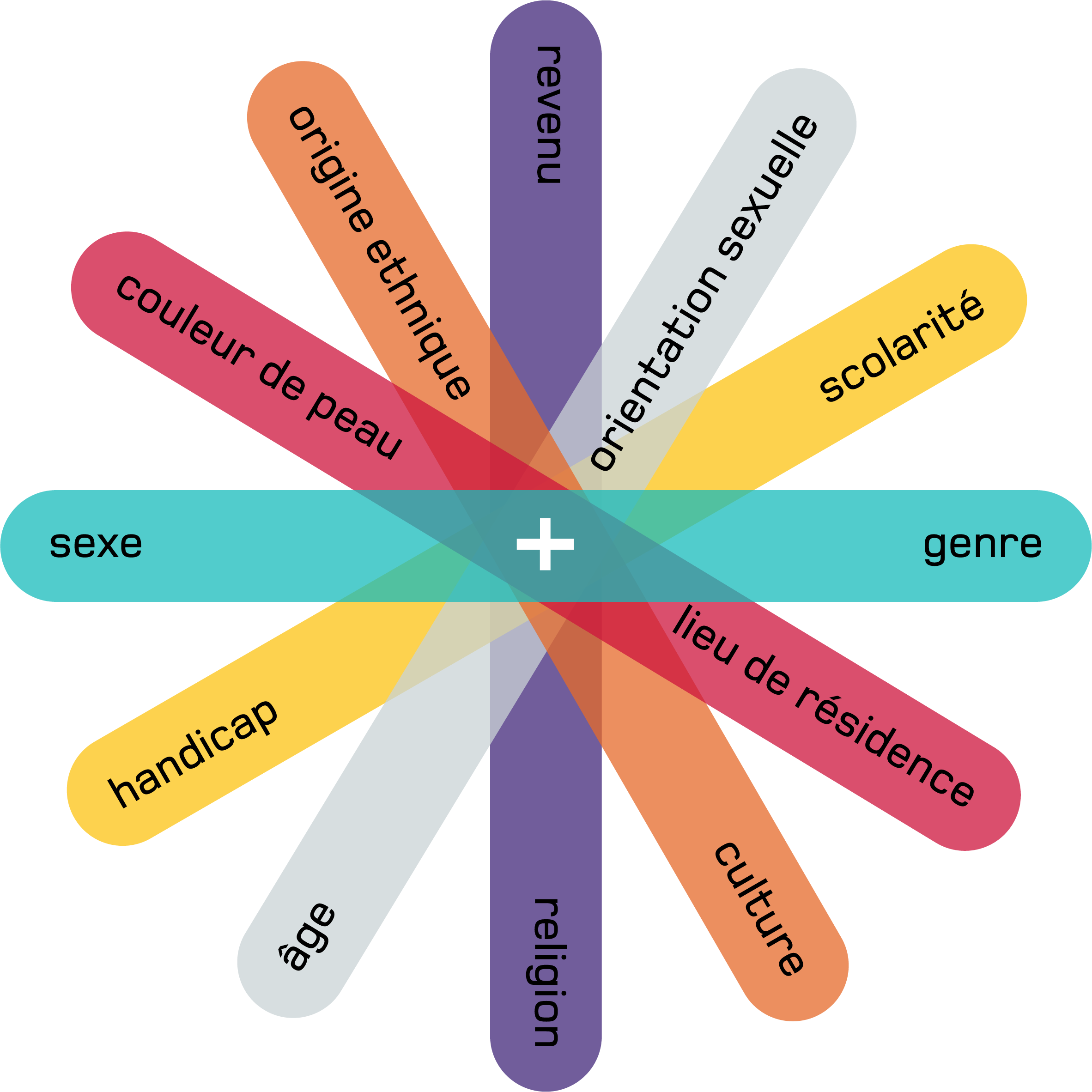Special Dossier : Social Inequalities and Climate Change
Inequalities are a part of every society. However, they are exacerbated by climate change. Indicators of inequality such as standard of living, socio-economic status, health and safety are strongly affected by climate-related hazards.
These impacts can be observed and are already anticipated: the World Bank estimates that over 100 million people could be pushed into poverty by 2030 as a result of climate change.
That makes it essential to look at inequalities in the context of climate change in order to better understand them and take them into account.
Types of inequality
SOCIAL INEQUALITIES
They are characterized by the unequal distribution of essential resources among members of the same society. They are called “social” because they arise from the organization and functioning of society. In other words, they are the product of the hierarchization of individuals and social groups.
Essential resources that are unequally distributed include material resources, cultural and social resources, and power resources.
![]()
ECONOMIC INEQUALITIES
This refers to the way in which material resources are distributed within society. They can be manifested in social phenomena such as poverty and social cohesion. They can also get in the way of tackling major challenges such as climate change.
To learn more about the concept of inequality :
An exploration of social, economic and health inequalities (French only)
Summary by the Observatoire québécois des inégalités (French only)
These inequalities can be measured by means of different indicators:
Social factors (age, access to health and education, decision-making power, upward mobility, place of residence, ethnic or cultural group, gender)
Economic criteria (income, financial assets, employment, property)
It’s important to note that all inequalities are interrelated and cumulative. They are rarely independent, and they can intertwine or stack up.

Figure 1: Representing the intersectionality of inequalities (From: Marianne-Sarah Saulnier, 2024)
Climate-related inequalities
In the context of climate change, inequalities can take many forms.
![]() On a global scale, developing countries are more affected by climate change, although they contribute less to the problem. Conversely, rich countries emit the most greenhouse gases (GHGs), but suffer fewer consequences. For example, the archipelagos of Tuvalu, Kiribati and the Maldives are very low emitters, but face a major risk of coastal submergence.
On a global scale, developing countries are more affected by climate change, although they contribute less to the problem. Conversely, rich countries emit the most greenhouse gases (GHGs), but suffer fewer consequences. For example, the archipelagos of Tuvalu, Kiribati and the Maldives are very low emitters, but face a major risk of coastal submergence.
This dynamic of unequal contribution can also be observed at the individual level. In Quebec, household carbon footprints vary considerably from one household to another. The Institut de Statistique du Québec has shown that the GHG emissions by the most affluent households are at least three times higher than those of the least affluent.
![]() Policies for mitigating and adapting to climate change must take inequalities at both international and regional level into account, ensuring that actions and funding are fairly distributed. However, these policies can sometimes be inequitable, excluding certain populations and leading to maladaptation.
Policies for mitigating and adapting to climate change must take inequalities at both international and regional level into account, ensuring that actions and funding are fairly distributed. However, these policies can sometimes be inequitable, excluding certain populations and leading to maladaptation.
![]() Current and future generations are and will be much more exposed to the effects of climate change compared to previous generations. They will also have fewer resources for coping with it.
Current and future generations are and will be much more exposed to the effects of climate change compared to previous generations. They will also have fewer resources for coping with it.
It’s important for decision-makers to recognize that past and present greenhouse gas emissions and policies impose unavoidable costs and repercussions on future generations. This type of inequality is based on the principle of responsibility—a concept which implies taking the impacts on the environment and future generations into account when making decisions.
![]() Under the influence of complex geopolitical and socio-economic mechanisms, some countries are more sensitive to the harmful impacts of climate change. Some countries may also be more exposed to certain climate phenomena, such as floods, droughts and forest fires, due to their geographical location and initial climate.
Under the influence of complex geopolitical and socio-economic mechanisms, some countries are more sensitive to the harmful impacts of climate change. Some countries may also be more exposed to certain climate phenomena, such as floods, droughts and forest fires, due to their geographical location and initial climate.
At the population level, certain categories of people are more vulnerable to climate change than others.
![]() The concept of inequality is intrinsically tied to notions of justice and law. It suggests that individuals should have equitable access to certain rights, such as the right to safety, the right to a healthy environment, the right to health, and so on.
The concept of inequality is intrinsically tied to notions of justice and law. It suggests that individuals should have equitable access to certain rights, such as the right to safety, the right to a healthy environment, the right to health, and so on.
Moreover, all social groups within a given society should be equally involved in decision-making on climate change, so that their needs are taken into account as much as possible.

Quebec’s vulnerable populations
In Quebec, certain categories of the population are particularly vulnerable to climate change because of specific socioeconomic factors:
The elderly
Racialized populations
Young children
Pregnant people
Residents of remote northern regions
Socially or economically disadvantaged people
Certain workers, such as emergency responders and those who work outdoors
People with precarious migratory status and those experiencing homelessness
People living with chronic illnesses, disabilities, mental illnesses or addictions
Some people are more exposed to climate hazards because of discrimination linked to colonialism, gender, social class or ethnicity.